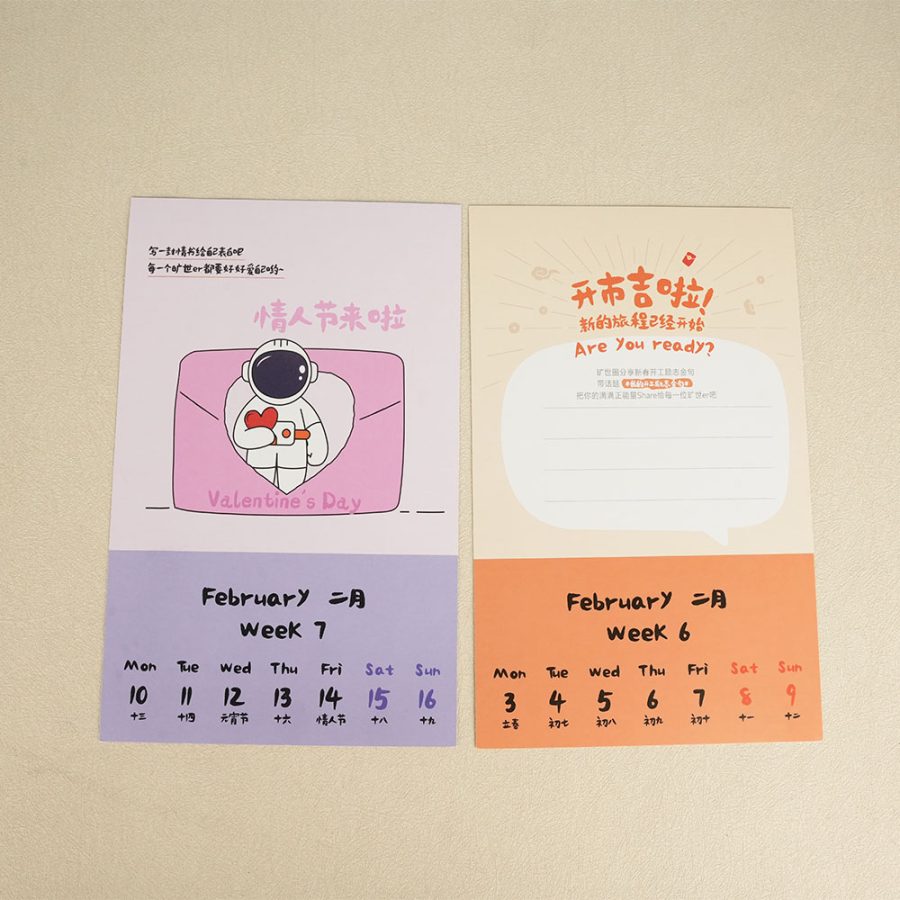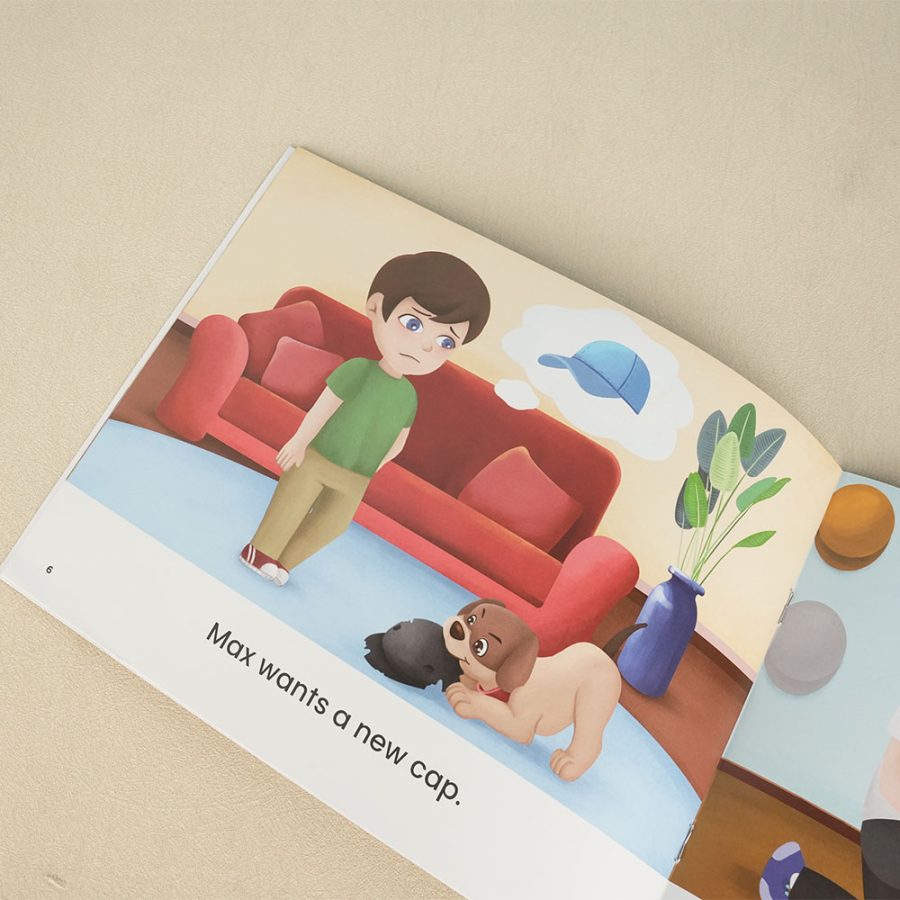Expert Tips: How to Format a Children’s Book for Printing
Formatting a children’s book for printing requires careful attention to design, readability, and print specifications to ensure a visually appealing and engaging final product. Whether you are a self-publishing author or working with a publishing house, following best practices in formatting will help you achieve a professional-quality book. Here are expert tips to guide you through the process.
1. Choose the Right Book Size and Layout
The first step in formatting a children’s book is selecting an appropriate book size. Common sizes for children’s books include:
☆ 8.5 x 8.5 inches – A standard square format, popular for picture books.
☆ 8 x 10 inches – A slightly larger option for books with detailed illustrations.
☆ 5.5 x 8.5 inches – Ideal for early readers and chapter books.
2. Set Up Margins and Bleed for Printing
To ensure that illustrations and text align correctly, set up your margins and bleed area properly:
☆ Margins: Leave at least 0.5 inches of white space around the text to prevent it from being cut off.
☆ Bleed: Extend illustrations at least 0.125 inches beyond the trim size to avoid unwanted white edges when printed.
☆ Safe Zone: Keep important content (text and key visuals) at least 0.25 inches inside the trim line.

3. Select an Easy-to-Read Font
Choosing the right font is essential for readability. Here are some expert recommendations:
☆ Sans-serif fonts (e.g., Open Sans, Century Gothic) work well for younger children.
☆ Serif fonts (e.g., Garamond, Baskerville) can be great for chapter books.
☆ Use a font size between 14pt and 18pt for picture books and 12pt to 14pt for early readers.
☆ Avoid overly decorative fonts that may be difficult for young readers to decipher.
4. Maintain Consistent Text Placement
To enhance readability, position text in a consistent location on each page. Consider placing text in white or lightly colored areas to ensure contrast with illustrations. Ensure line spacing (leading) is comfortable, typically around 1.2 to 1.5 times the font size.
5. Optimize Illustrations for High-Quality Printing
Children’s books are highly visual, so illustrations should be formatted correctly for print:
☆ Use CMYK color mode instead of RGB for accurate color reproduction.
☆ Ensure images are at least 300 DPI (dots per inch) for sharp, professional-quality printing.
☆ Save images as TIFF, PNG, or high-quality JPEG files to maintain resolution.
☆ Avoid placing text over busy illustrations to keep readability clear.
6. Consider Page Count and Printing Specifications
Most printed children’s books have a page count that is a multiple of 8 or 16, as printing presses work in signatures (sets of pages). Ensure your total page count fits within these specifications to avoid blank pages or extra costs.

7. Choose the Right Paper and Binding
The choice of paper and binding affects the book’s durability and aesthetics:
☆ Paper: Opt for thick, glossy, or matte-coated paper (80-100 lb) for high-quality illustrations.
☆ Binding: Hardcover books work best for picture books, while perfect binding (softcover) is common for early readers and chapter books.
☆ Lamination: Adding a gloss or matte lamination enhances durability and appeal.
8. Export a Print-Ready File
Before sending your book to the printer, make sure your file is in the correct format:
☆ Export as a high-resolution PDF with embedded fonts and images.
☆ Check printer guidelines for required specifications (e.g., spine width, color profiles).
☆ Proofread thoroughly and print a test copy to check for errors before mass printing.
Conclusion
Formatting a children’s book for printing requires careful planning, from choosing the right book size and font to ensuring high-quality images and a professional print finish. By following these expert tips, you can create a beautifully designed children’s book that captivates young readers and stands out in the market. Always consult your printer’s guidelines to ensure compatibility and achieve the best results.







